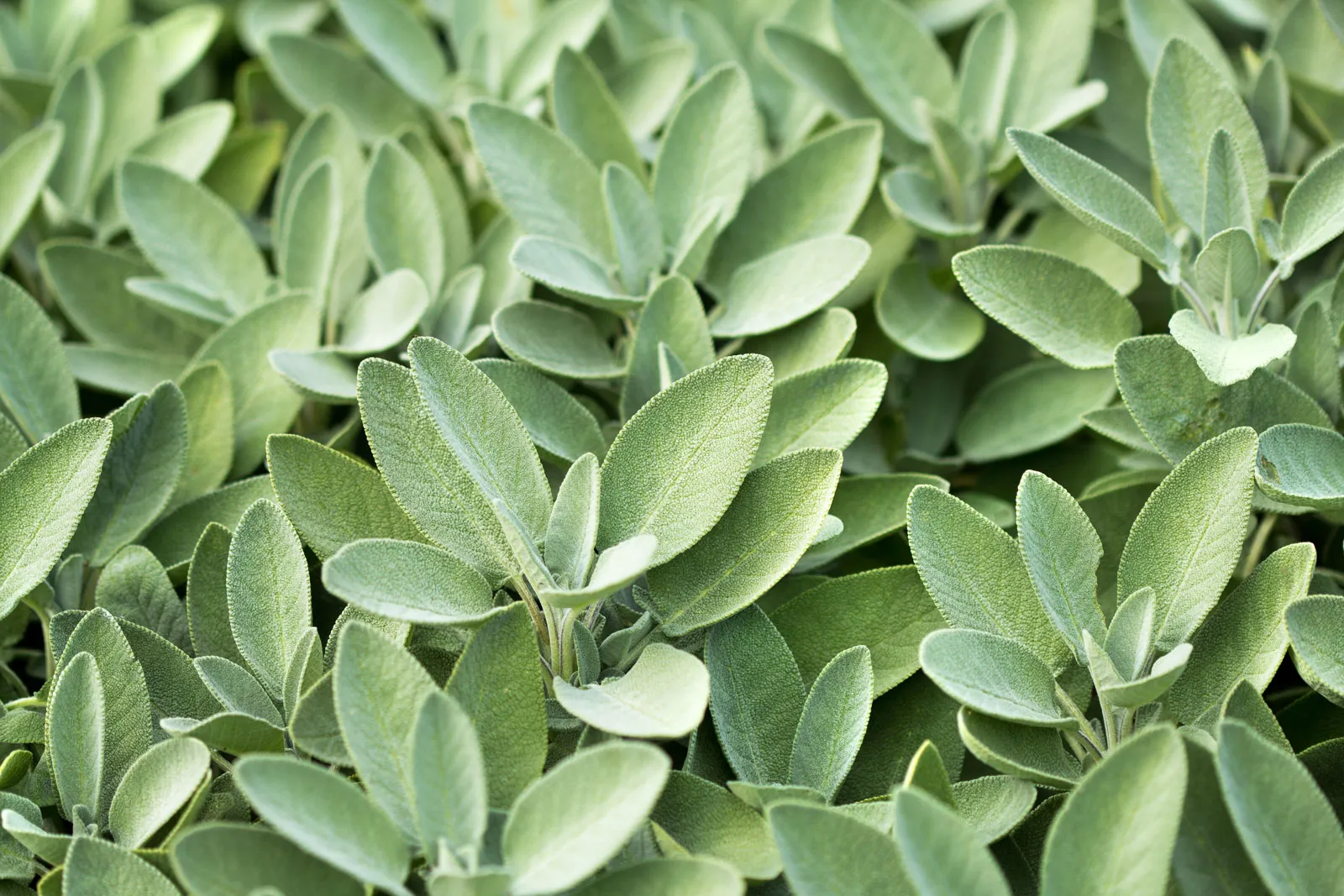
When it comes to herbs that have been valued for centuries for their culinary and medicinal properties, sage definitely tops the list. This aromatic herb, known for its distinct flavor and soothing aroma, has been cherished by cultures around the world for its versatility and health benefits.
Sage, botanically known as Salvia officinalis, is a perennial evergreen shrub native to the Mediterranean region. Its long, slender leaves are grayish-green in color and have a velvety texture. Apart from being a popular culinary ingredient, sage is also renowned for its numerous medicinal properties, ranging from promoting digestion to boosting cognitive function.
In this article, we will explore nine captivating facts about sage that will deepen your appreciation for this remarkable herb. From its rich folklore and historical significance to its diverse uses in cooking and natural remedies, sage is truly a herb worth knowing more about.
Key Takeaways:
- Sage, a Mediterranean herb, has been used for centuries for its healing properties, culinary flavor, and spiritual significance. It’s easy to grow at home and repels insects naturally.
- With over 900 species, sage is more than just a cooking herb. It’s a memory booster, a sacred plant in many cultures, and a natural insect repellent.
Sage has been used for centuries for its medicinal properties.
Sage, scientifically known as Salvia officinalis, has been used for its medicinal properties since ancient times. Its leaves are rich in essential oils that possess anti-inflammatory, antioxidant, and antimicrobial properties, making it a popular herb in traditional medicine practices.
It is native to the Mediterranean region.
Sage is native to the Mediterranean region, specifically Southern Europe and the Mediterranean countries. It thrives in a warm and sunny climate and is often found growing wild in rocky areas.
Sage is commonly used in culinary dishes.
With its distinct flavor and aroma, sage is a staple herb in many culinary traditions. It is commonly used in dishes like stuffing, pasta sauces, roasted meats, and soups to add a savory and earthy taste.
There are over 900 species of sage.
Belonging to the mint family, there are over 900 different species of sage found worldwide. These include common sage, pineapple sage, clary sage, and Spanish sage, among others.
Sage is considered a sacred herb in many cultures.
Throughout history, sage has held significant cultural and spiritual importance. It has been used in ceremonies, rituals, and smudging practices by various indigenous cultures to clear negative energy and promote healing.
Sage has natural insect-repellent properties.
The strong scent of sage acts as a natural deterrent for insects. It is commonly used in gardens to repel pests like mosquitoes, moths, and flies. Additionally, dried sage leaves can be burned as incense to keep insects away.
It is believed to have memory-enhancing properties.
Sage has long been associated with memory enhancement. Some studies suggest that certain compounds in sage may improve cognitive function and memory performance, making it a popular ingredient in natural remedies for memory-related issues.
White sage is used for spiritual cleansing.
White sage, specifically Salvia apiana, is highly regarded for its cleansing properties in spiritual practices. It is commonly used in smudging ceremonies to purify the energy of a space and promote spiritual well-being.
Sage is easy to grow at home.
Whether in a garden or a small pot indoors, sage is a relatively easy herb to grow at home. It requires well-drained soil, plenty of sunlight, and minimal watering. Growing your own sage allows for easy access to its fresh leaves for culinary and medicinal purposes.
Sage's captivating qualities extend beyond these nine facts. Delving deeper into sage's world reveals even more intriguing aspects. From its extensive variety of species to the profound wisdom it symbolizes, sage holds a treasure trove of knowledge waiting to be explored. Unraveling the enigmatic nature of this herb promises a fascinating journey of discovery.
Was this page helpful?
Our commitment to delivering trustworthy and engaging content is at the heart of what we do. Each fact on our site is contributed by real users like you, bringing a wealth of diverse insights and information. To ensure the highest standards of accuracy and reliability, our dedicated editors meticulously review each submission. This process guarantees that the facts we share are not only fascinating but also credible. Trust in our commitment to quality and authenticity as you explore and learn with us.
